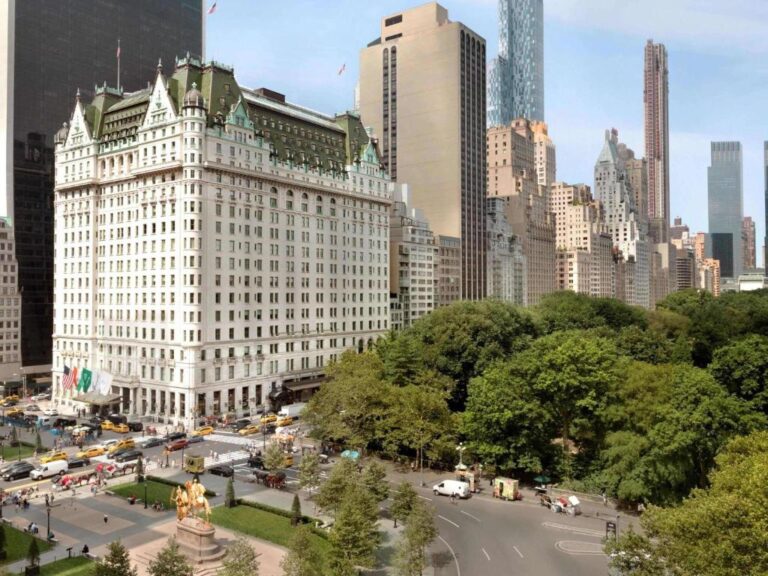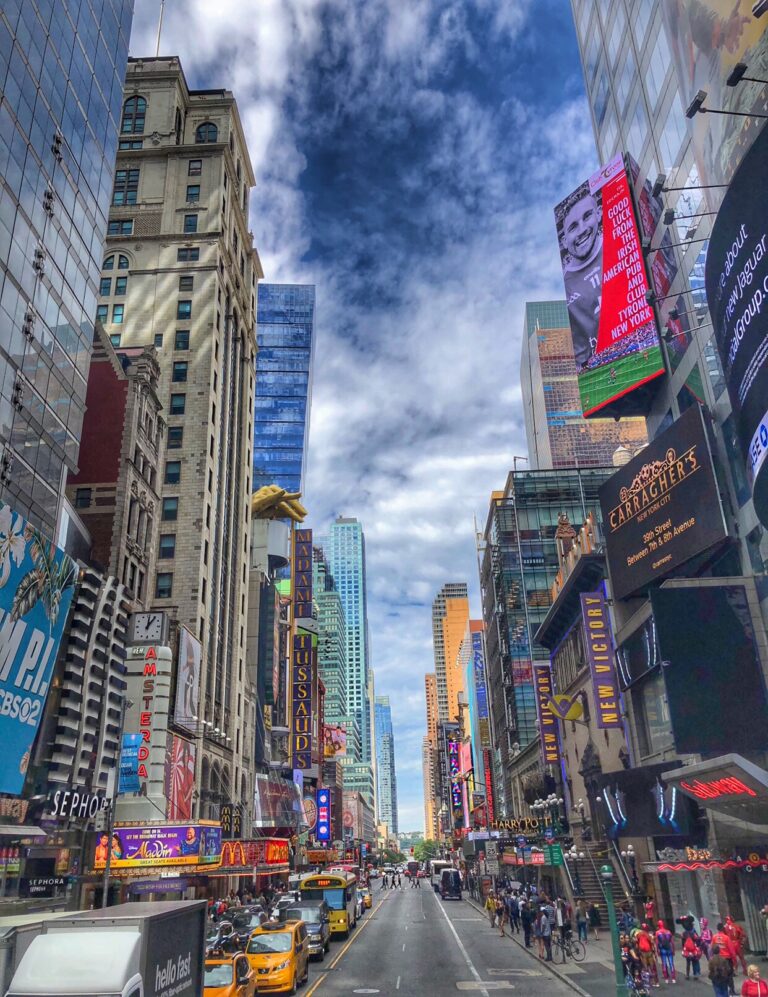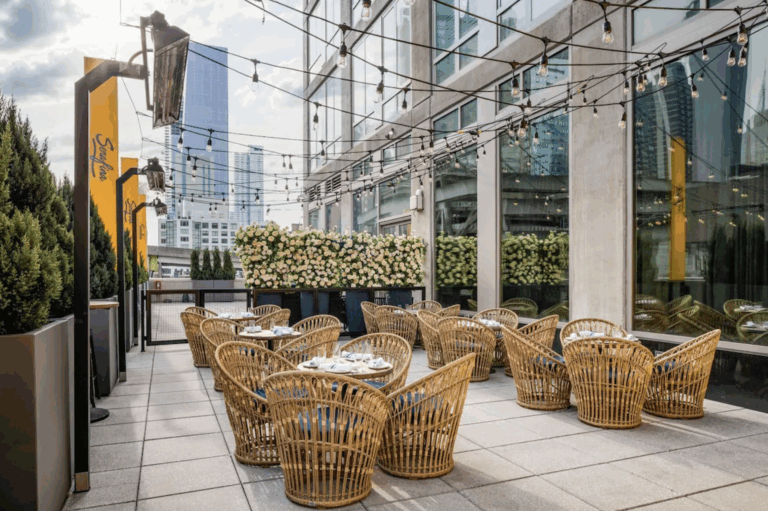11 Essential NYC Travel Tips: What to Know Before Visiting New York City
New York City stands as one of the world’s most iconic destinations, drawing millions of visitors annually with its towering skyscrapers, world-class attractions, and unmatched energy. As a New Yorker, I understand why – it is simply magnetic! Whether you’re planning your first visit or returning to explore more of what the Big Apple has to offer, I am sharing my top 11 NYC travel tips for first-time visitors to make the most of their adventure. Whether you’re planning your first visit or returning to explore more of what the Big Apple has to offer, these NYC travel tips will ensure you’re ready.
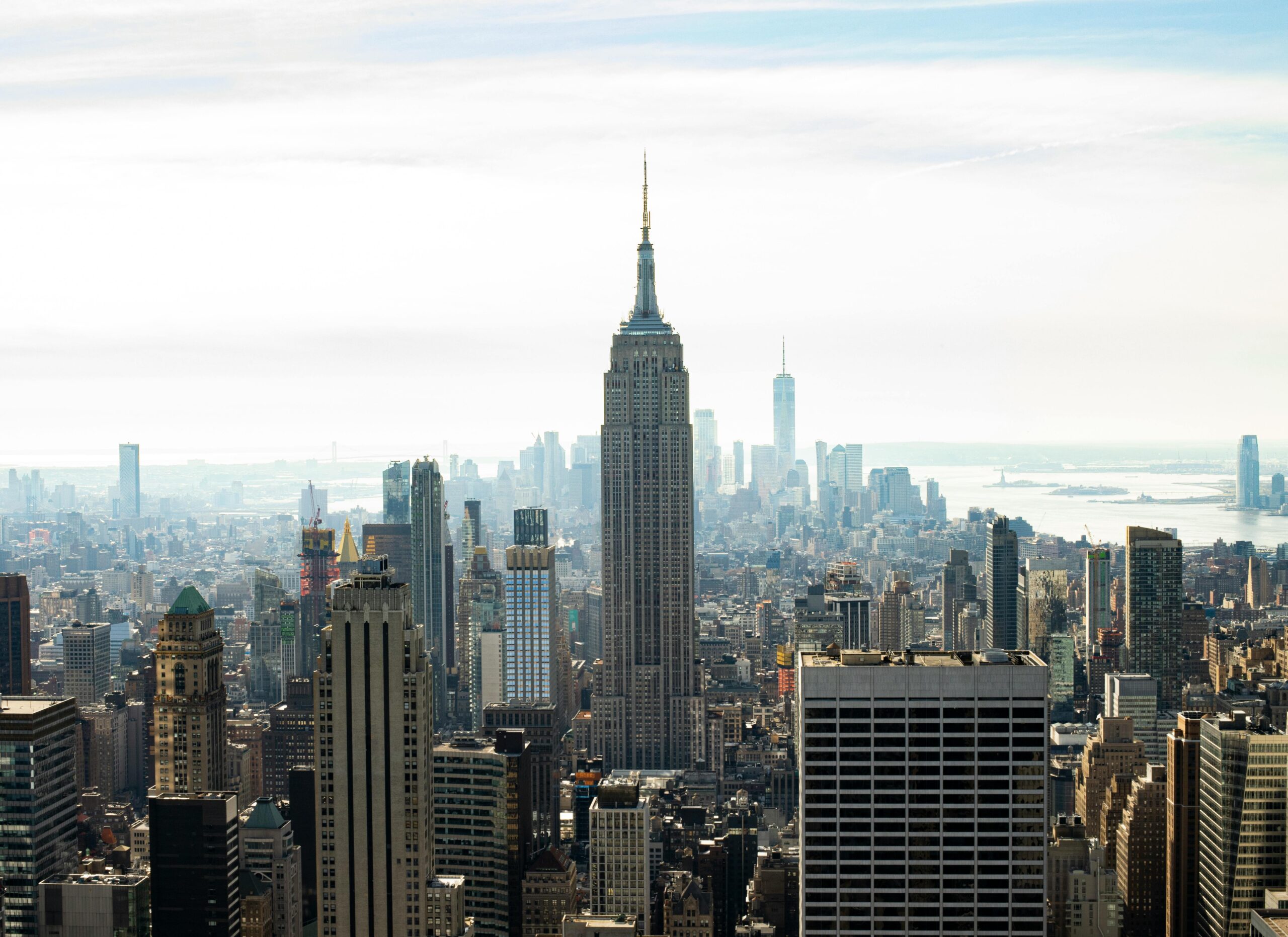
1. NYC Travel Tips for Getting Around: Subway and Transportation
Understanding New York City’s transportation system is crucial for any visitor. One of the most essential NYC travel tips is learning how to master the subway. The subway network, managed by the MTA, connects all five boroughs through an extensive system of subway stations that can initially seem daunting but becomes intuitive with practice. Purchase a MetroCard or use contactless payment methods, such as OMNY, for seamless travel throughout the system.
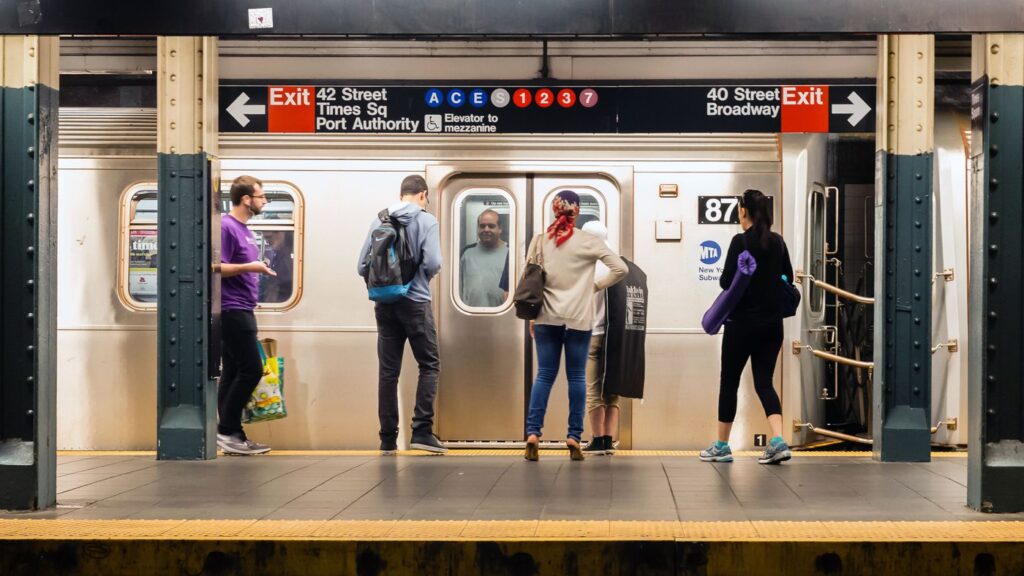
The subway operates 24/7, although some lines have reduced service during late-night hours, resulting in longer waits. Download apps like Citymapper or the official MYmta app to navigate routes, check service alerts, and estimate travel times. During peak hours (7:00-10:00 AM and 5:00-7:00 PM), expect crowded trains and longer wait times. Plan accordingly and consider walking shorter distances to avoid the rush.
Taxis and ride-sharing services, such as Uber and Lyft, are abundant; however, traffic can be heavy, especially in Midtown Manhattan. For a unique experience, try the Staten Island Ferry, which offers spectacular views of the Statue of Liberty and the Manhattan skyline at no cost.
Walking remains one of the best ways to experience New York City’s diverse neighborhoods. The city’s grid system makes navigation straightforward once you understand that streets run east-west, while avenues run north-south. The Village and Downtown areas are a bit trickier to navigate, as they aren’t as well-defined by a grid. Comfortable walking shoes are essential, as you’ll likely cover several miles daily exploring the city’s attractions. For reference, I typically average 4-6 miles per day in NYC, depending on my destination and activities.
Pro NYC Travel Tips: The sun rises over the East River and sets over the Hudson River. If you feel lost, look to see where the sun is to help position you. It’s easy to feel lost with all the skyscrapers overhead.
2. NYC Travel Tips for the Best Times to Visit
New York City offers distinct experiences throughout the year, each season bringing unique advantages and challenges. Spring (April-June) and Fall (September-November) offer the most pleasant weather for walking and outdoor activities. However, these are also peak tourist seasons, with higher hotel rates and crowded attractions. These NYC travel tips will help you pick the best season to visit based on crowds, weather, and budget.
Summer brings outdoor concerts, rooftop bars, and extended daylight hours, but also humidity, heat, and larger crowds. You will often find deals on hotels in the summer, but the best deals are typically available from early January through late February. Winter offers magical holiday decorations, especially around Rockefeller Center, along with lower hotel rates; however, the weather can be unpredictable, with potential snow and cold temperatures.
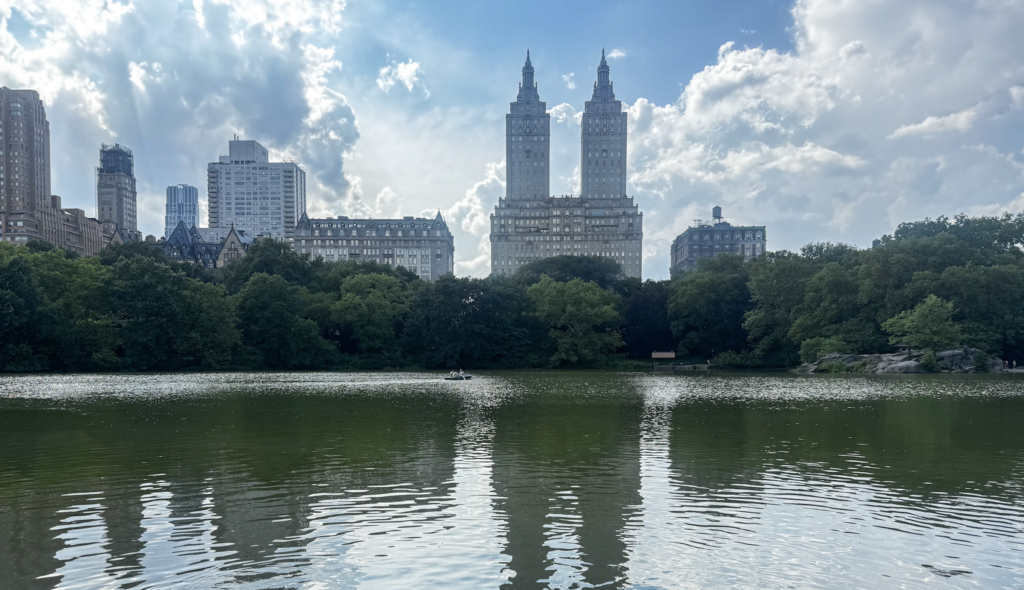
Plan your daily itinerary strategically by grouping attractions in the same geographic areas. Start early to beat crowds at popular destinations like the Empire State Building or Top of the Rock. Many museums offer early morning or evening hours with fewer visitors, providing a more intimate experience with world-class collections.
Among my favorite NYC travel tips is booking attractions in the early morning or evening to beat the crowds. I highly recommend booking timed tickets in advance for major attractions to avoid disappointment and long lines. Popular destinations, such as the 9/11 Memorial & Museum, the Statue of Liberty, and Broadway shows, often sell out, especially during peak seasons. Having a flexible backup plan allows you to adapt when unexpected closures or weather changes occur.
3. Navigate Like a Local: Understand New Yorkers and City Etiquette
New Yorkers have earned a reputation for being fast-paced and direct, but this efficiency shouldn’t be mistaken for rudeness. Most locals are helpful when approached respectfully and will gladly provide directions or recommendations. These NYC travel tips will help you avoid standing out as a tourist (in a good way). Understanding basic city etiquette helps you blend in and avoid unnecessary friction during your visit.
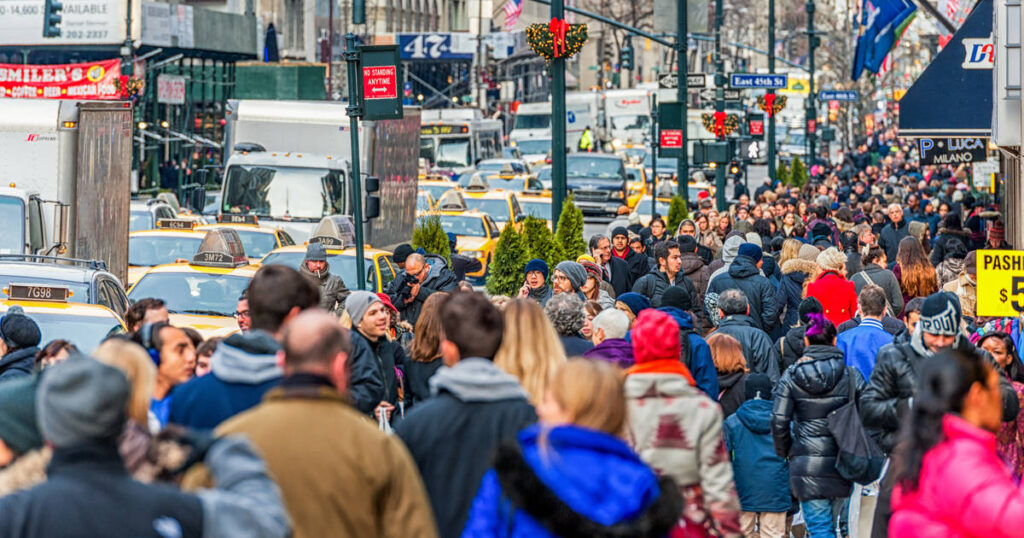
Should you encounter a rude person, walk away. If someone approaches you and tries to hand you something, ignore them and continue on your way. Avoid asking for help in Times Square. This area is a hotbed for pickpockets, watching patiently to see who is and is not from NYC.
I do not say this to instill fear; I want to ensure that you are vigilant when in this area. With so many tourists in this area, you will likely be asking other tourists who may not readily know the answers either. If you get turned around or need assistance while here, I suggest looking for a police officer or asking a store owner for help to get you back on track.
On sidewalks, maintain a steady pace and stay to the right, following the same rules as when driving. Avoid stopping suddenly or strolling in groups that block the sidewalk. One of the smartest NYC travel tips is learning local sidewalk and subway etiquette—it saves you awkward moments. When using stairs in subway stations, keep right and let others pass on the left. These simple courtesies help maintain the city’s flow and demonstrate respect for local customs. NYC travel tips aren’t just about what to do—they’re about how to blend in and stay smart. Not all NYC travel tips are about what to see—some are about how to act.
Tipping Culture
Tipping culture in New York City is standard and expected in restaurants (18-20%), bars ($1-2 per drink), taxis (15-20%), and for various services. Hotel housekeeping typically receives $2-5 per night, while doormen and concierges appreciate tips for special services. Understanding these expectations helps ensure good service and shows appreciation for the hardworking professionals in the service industry who make your visit comfortable.
While plenty of restaurants offer reservations, others do not and operate on a first-come, first-served basis. Popular spots may have waiting lists, so it’s best to arrive early or be prepared to explore alternative options. Food trucks and casual eateries offer excellent, authentic meals without the formality of upscale establishments. Some of the nest food I have eaten in New York City is from these food trucks.
4. NYC Travel Tips for Iconic Landmarks and Must-See Spots
No visit to New York City is complete without experiencing its world-famous landmarks. These NYC travel tips for visiting iconic landmarks will save you both time and stress. The Empire State Building offers breathtaking panoramic views from its observation decks on the 86th and 102nd floors. Visit during sunset for spectacular golden hour photography, though expect larger crowds during these popular times.
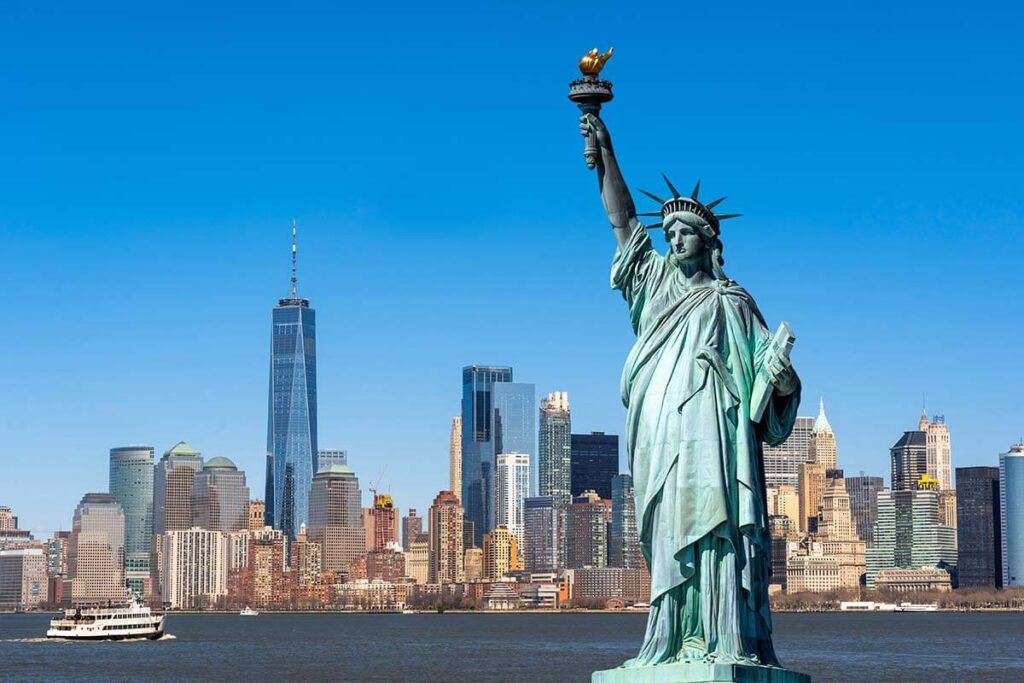
Want the best photo spots? These NYC travel tips highlight the best hours and views.
The Top of the Rock at Rockefeller Center offers arguably the best views of the Manhattan skyline, including the Empire State Building itself. Want the best photo spots? The observation deck’s design offers unobstructed views and excellent photo opportunities. During winter months, the famous Christmas tree and ice skating rink add magical elements to your visit. This attraction gets quite busy; however, it is worth once you see the views.
Times Square, despite its reputation for being touristy, remains an essential New York experience. The bright lights, massive digital billboards, and constant energy create an unforgettable sensory experience. Visit both during the day and at night to appreciate the dramatic transformation this area undergoes. It is magical in the evening once the sun has set.
The Brooklyn Bridge stands as an architectural marvel and offers spectacular views of both Manhattan and Brooklyn skylines. Walk across the pedestrian promenade during early morning or evening hours to avoid peak crowds and enjoy better lighting for photography. The nearby Brooklyn Bridge Park provides additional viewpoints and green space for relaxation.
Pro NYC travel tip: Visit the Brooklyn Bridge early morning for fewer crowds and better lighting.
Central Park serves as Manhattan’s green oasis, offering 843 acres of landscapes, lakes, and recreational opportunities. Popular attractions within the park include Bethesda Fountain, Strawberry Fields, and the Central Park Zoo. Rent a bike, take a horse-drawn carriage ride, rent a boat, or simply enjoy a leisurely walk through this urban masterpiece designed by Frederick Law Olmsted and Calvert Vaux.
5. Neighborhood Exploration: Beyond Manhattan’s Tourist Zones
One of the most valuable NYC travel tips is exploring neighborhoods beyond Times Square. While Manhattan’s famous attractions deserve attention, exploring diverse neighborhoods reveals New York City’s authentic character. Greenwich Village, with its tree-lined streets, historic brownstones, and vibrant cafe culture, offers a more intimate side of city life. Washington Square Park serves as the neighborhood’s heart, where street performers, chess players, and students create a lively atmosphere. These NYC travel tips will help you discover hidden gems in Brooklyn, SoHo, and more.
Chelsea Market, housed in a former Nabisco factory, combines shopping, dining, and architectural history under one roof. This indoor market features dozens of vendors offering everything from fresh lobster rolls to artisanal chocolates. The nearby High Line, an elevated park built on former railway tracks, provides unique perspectives of the city and Hudson River.
Fifth Avenue represents the pinnacle of luxury shopping, stretching from Washington Square Park to Central Park. Beyond high-end retail, this famous avenue passes iconic landmarks including the New York Public Library, St. Patrick’s Cathedral, and Trump Tower. Window shopping along Fifth Avenue costs nothing but offers insight into global fashion and design trends.
Brooklyn offers numerous attractions worth the subway ride across the East River. DUMBO (Down Under the Manhattan Bridge Overpass) provides stunning waterfront views and artisanal food options. Williamsburg’s hipster culture, craft breweries, and vintage shops create a distinctly different atmosphere from Manhattan’s intensity.
For a more authentic experience, follow these NYC travel tips to explore like a local.
6. Culinary Adventures: Eating Your Way Through the City
Hungry? These NYC travel tips will help you eat like a local and avoid tourist traps. New York City’s culinary scene reflects its incredible diversity, offering authentic cuisine from virtually every corner of the globe. Street food provides quick, affordable, and often exceptional meals. Food trucks serve everything from Korean tacos to gourmet grilled cheese. A key NYC travel tip: food trucks often offer better meals than some sit-down restaurants.
One of the tastiest NYC travel tips: don’t leave without trying a classic slice of New York-style pizza. Pizza deserves special attention in any New York City food discussion. Traditional New York-style pizza features thin crust, wide slices, and simple toppings. Try classic establishments like Joe’s Pizza (my favorite spot for a slice), Mama’s Too, or Don Antonio’s (my husband’s favorite brick oven pizza) for authentic experiences. New Yorkers typically fold their slice—it’s perfectly acceptable and practical for eating on the go.

These food-centered NYC travel tips will take you from street food to fine dining with ease. Delis and bagel shops serve as neighborhood institutions, offering fresh bagels with cream cheese, lox, and various toppings. Sunday brunch culture thrives throughout the city, with restaurants serving elaborate meals accompanied by bottomless mimosas or Bloody Marys. Make reservations well in advance for popular brunch spots, especially on weekends.
Fine dining options range from celebrity chef establishments to hidden gems tucked away in residential neighborhoods. Many high-end restaurants offer pre-theater menus with reduced prices and faster service, perfect for visitors attending Broadway shows. Don’t overlook ethnic enclaves like Chinatown, Little Italy, and Koreatown for authentic, affordable meals.
7. Entertainment and Culture: Broadway and Beyond
Broadway shows represent the pinnacle of American theater, with over 40 professional theaters clustered in the Theater District. Popular shows often sell out months in advance, so book tickets early through official theater websites or authorized vendors. Same-day lottery tickets and rush tickets offer opportunities to see shows at reduced prices, though availability isn’t guaranteed. These NYC travel tips also highlight cultural gems beyond the Theater District.
Beyond Broadway, New York City offers incredible cultural institutions including the Metropolitan Museum of Art, the Museum of Modern Art (MoMA), and the Guggenheim Museum. Many museums offer “pay-what-you-wish” hours or suggested admission prices for residents, though tourists typically pay full price. Consider purchasing a museum pass if you plan to visit multiple institutions.
Lincoln Center is home to several world-renowned performing arts organizations, including the Metropolitan Opera, the New York Philharmonic, and the New York City Ballet. Free outdoor performances during the summer months make world-class entertainment accessible to all visitors. Central Park SummerStage and Shakespeare in the Park offer additional cultural experiences in beautiful outdoor settings.
Live music venues range from intimate jazz clubs in Greenwich Village to massive arenas like Madison Square Garden. Comedy clubs, including the famous Comedy Cellar, showcase both established and emerging comedians. Check local listings and venue websites for current shows and ticket availability.
8. Shopping Strategies: From Luxury to Local Finds
New York City offers shopping experiences for every budget and style preference. Fifth Avenue’s luxury flagship stores, including Tiffany & Co., Saks Fifth Avenue, and Bergdorf Goodman, provide world-class retail experiences even if you’re just browsing. Sales associates in these establishments are typically very knowledgeable and helpful, making window shopping educational and enjoyable.
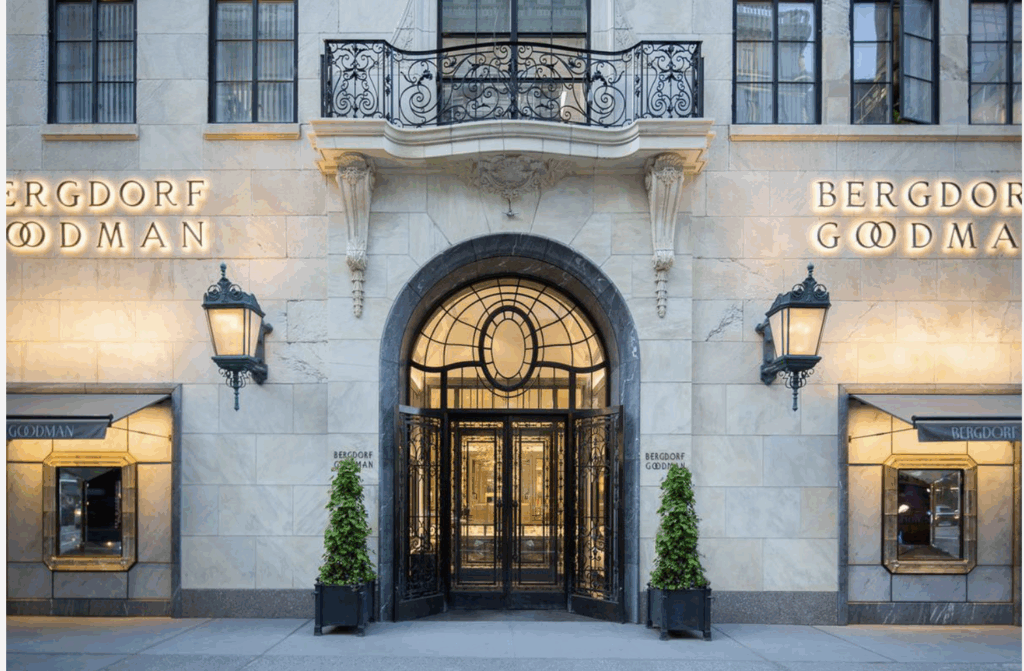
SoHo’s cast-iron architecture houses a mix of high-end boutiques, emerging designers, and popular chains. The neighborhood’s walkable streets make it ideal for leisurely shopping expeditions. Street vendors throughout SoHo sell handmade jewelry, artwork, and vintage clothing at negotiable prices.
Chelsea Market combines shopping with dining, featuring unique vendors selling everything from handcrafted soaps to vintage books. The market’s industrial architecture and bustling atmosphere create an entertaining shopping environment regardless of whether you make purchases.
Outlet shopping options include Woodbury Common Premium Outlets, located 60 miles north of the city, which is accessible by bus from the Port Authority. This destination offers significant discounts on designer brands, though it requires a full-day trip. For more convenient discount shopping, consider Century 21 or Nordstrom Rack in Manhattan.
9. Practical Considerations: Money, Safety, and Communication
New York City is generally safe for tourists who exercise common sense and remain aware of their surroundings. Stick to well-lit, populated areas, especially at night, and avoid displaying expensive jewelry or electronics conspicuously. Tourist-heavy areas, such as Times Square and major attractions, have a significant police presence and robust security measures.
ATMs are abundant throughout the city, though fees can add up quickly. Many establishments, including food trucks and street vendors, now accept credit cards, making cash less essential than it was in previous years. Contactless payment methods, such as Apple Pay and Google Pay, are widely accepted and convenient for making quick transactions.
Cell phone coverage is generally excellent in Manhattan, though subway stations may have spotty service. Free Wi-Fi is available in many parks, libraries, and establishments throughout the city. Consider downloading offline maps and important information before venturing into areas with limited connectivity. Central Park, when walking through the heavily treed areas, can sometimes be slower and spottier.
10. Weather Preparedness and Seasonal Considerations
One of the most overlooked NYC travel tips is being prepared for unpredictable weather. New York City experiences four distinct seasons, each requiring different preparation strategies. Summer temperatures can reach the 80s and 90s Fahrenheit, accompanied by high humidity, making lightweight, breathable clothing essential. Air conditioning is prevalent (and cold) in buildings, so carry a light sweater or jacket for indoor spaces.
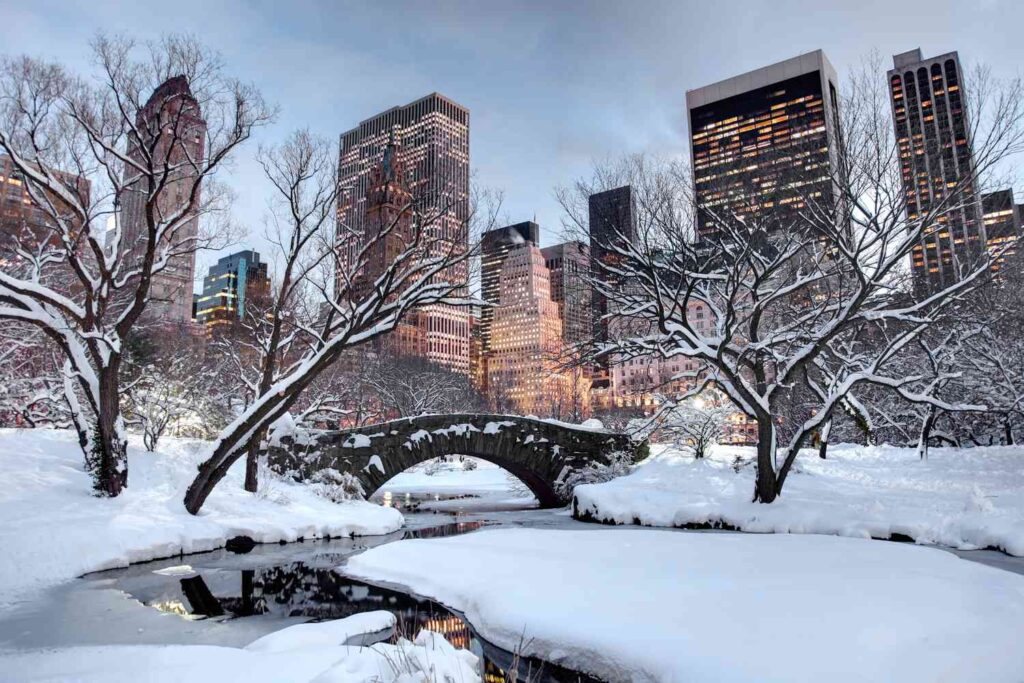
Winter brings temperatures that can drop below freezing, with occasional snow and ice. Waterproof boots, warm coats, gloves, and hats are essential for comfortable outdoor exploration. Many attractions and activities move indoors during the winter months, so be sure to research seasonal schedules before your visit.
Spring and Fall offer the most pleasant weather for walking and outdoor activities, though rain is common during these transitional seasons. Pack layers and a compact umbrella to adapt to changing conditions throughout the day. These seasons also bring beautiful foliage to Central Park and other green spaces.
Check weather forecasts regularly and adjust your itinerary accordingly. Indoor backup plans ensure you can continue enjoying your visit regardless of weather conditions. Many museums, shopping centers, and entertainment venues provide excellent alternatives during inclement weather.
11. Final Ground Rules to Make the Most of Your NYC Experience
Successful visits to New York City require flexibility, patience, and realistic expectations. The city’s pace can be overwhelming at first, so build in buffer time to your schedule and avoid trying to see everything in one trip. Focus on experiences that align with your interests rather than checking off every tourist attraction—much like choosing from the many great NYC hotels under $500 to suit your style and needs.
Stay hydrated and take regular breaks, especially during the summer months or when walking extensively. New York City has numerous parks, cafes, and public spaces where you can rest and recharge. Don’t underestimate the physical demands of navigating the city on foot.
Some of the most magical moments in New York City happen when you allow yourself to wander off script. Yes, it’s wonderful to have a plan—but it’s even better to stay open to a little spontaneity. Let yourself get lost in the charm of a quiet side street, linger over a pastry at a café you hadn’t planned to visit, or strike up a conversation with a local shop owner. That’s where the city’s true spirit reveals itself.
New York can be exhilarating—but it can also feel like a lot. Move at a pace that feels right for you. Try new things, but give yourself permission to pause, to sit, to soak it all in.
Capture the beauty you find, but don’t let the camera be the only lens through which you experience it. The best memories won’t come from perfectly staged photos, but from how you felt in a particular moment—savoring that incredible meal, standing in awe beneath city lights, or simply people-watching in Central Park.
Final Verdict
New York City rewards curiosity, confidence, and a savvy sense of awareness. Come with an open mind and a willingness to explore, and you’ll understand why so many people fall in love with this place again and again. Whether you’re visiting iconic landmarks, discovering your new favorite dish, or strolling past brownstones in the West Village, you’re creating your own unforgettable story.
These 11 NYC travel tips cover everything you need to know to make your trip to New York City unforgettable—from subway tricks to where to eat and what to avoid. Use these tips to travel smart, stay safe, and enjoy the city like a local. With these simple yet thoughtful NYC Travel Tips, you’re more than ready to take on the city in style—and on your terms. New York is waiting. And it always has something extraordinary in store for you.



